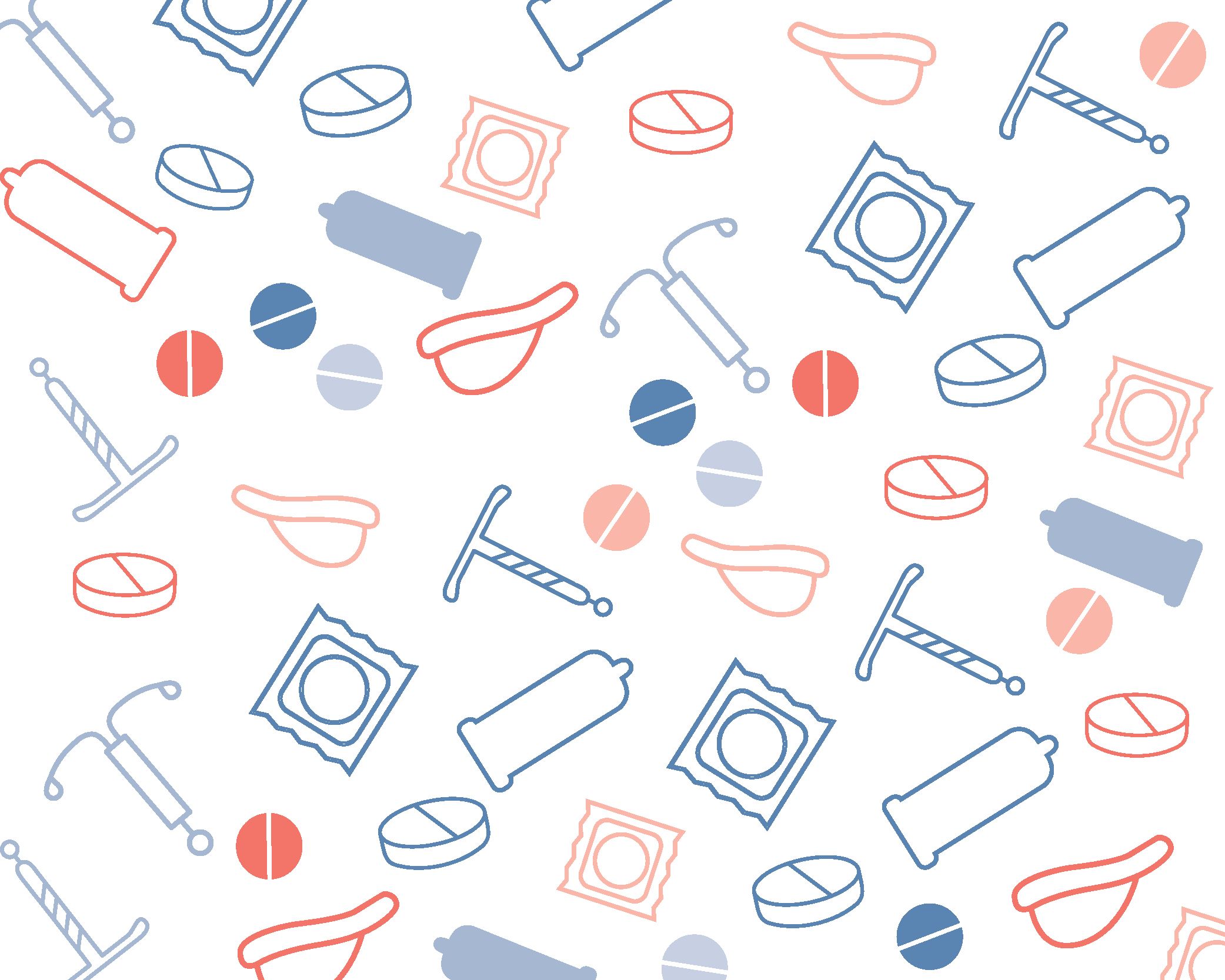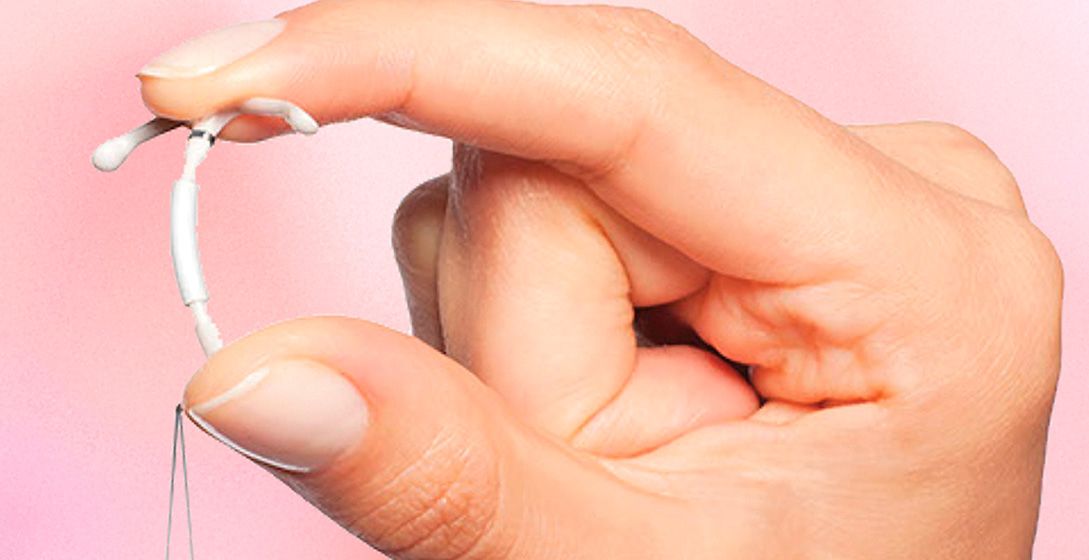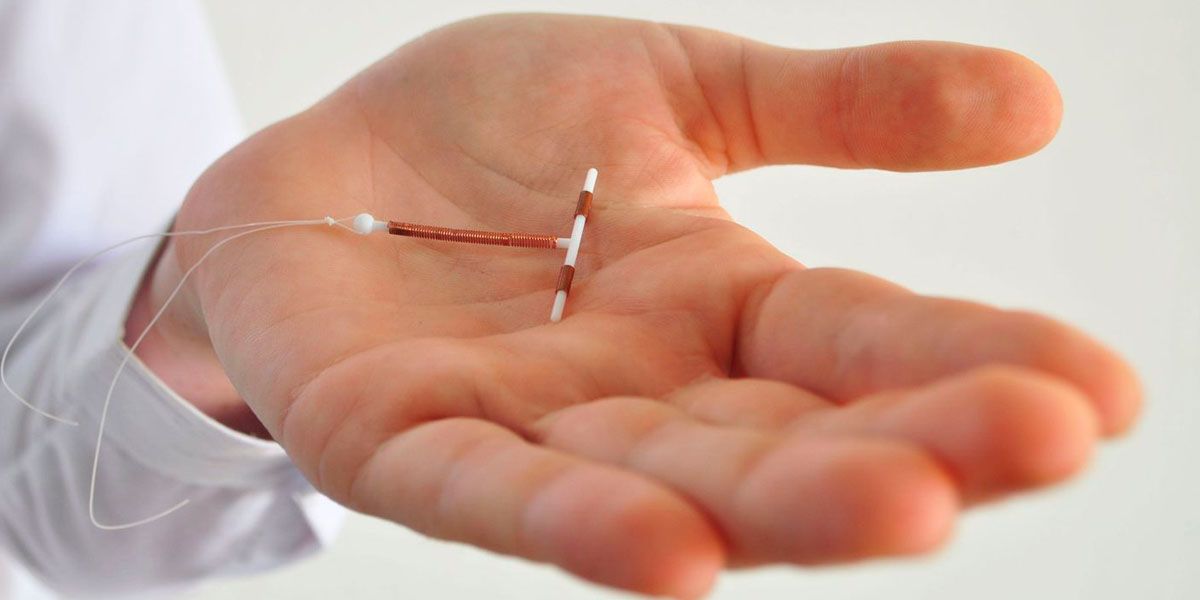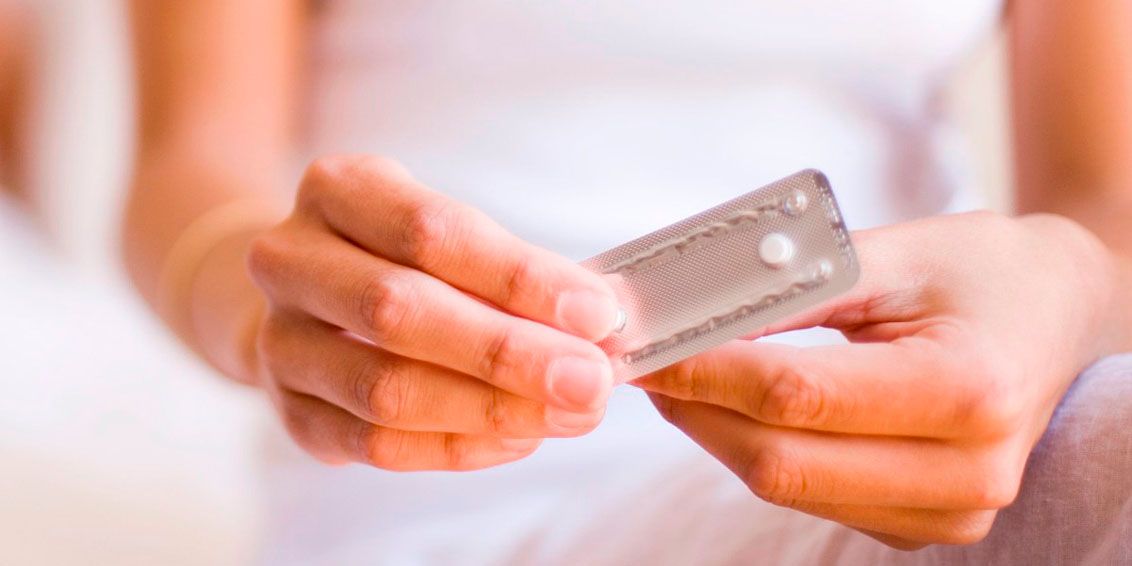Contraceptive Options

What is contraception?
Contraception (also called birth control) protects you from pregnancy. There are a number of different methods of contraception available. It is important to choose a method that suits you.
Using contraception gives you more control, allows you to decide if, and when, to have children, and allows you to enjoy sex without having to worry about an unintended pregnancy.
Which contraceptive is right for me?
Many factors affect your choice of a contraceptive method including:
- Your stage of life
- Your lifestyle
- How effective the method is
- How easy the method is to use
- Any possible side effects
- How easily you can stop it
- How much it costs and how easy it is to get
- Whether you might want to get pregnant soon
- Your risk of getting a sexually transmissible infection
- Any health issues you have that may limit some choices
Talking with a SHFPACT nurse or doctor about contraceptive methods will ensure that you have enough information to choose the one that suits you best.
Contraceptive methods vary in how effective they are. The contraceptive methods in this information brochure are listed from the MOST effective to the LEAST effective method.
LARCs
First, a word about Long-Acting Reversible Contraceptives (LARCs). LARCs are methods of contraception that are highly effective, work for a long time, need very little action by you, and are quickly reversible when you stop using them.
The contraceptive implant
The contraceptive implant (Implanon®) is a small flexible rod which is inserted under the skin on the underside of your upper arm. It continuously releases a hormone called progestogen.
The contraceptive implant is a LARC and works for 3 years.
It works by:
- Preventing ovulation (egg release from the ovary)
- Thickening the mucus in the cervix so that sperm cannot enter the uterus (womb)
How effective is it?
The contraceptive implant is over 99% effective.

Intrauterine devices (IUDs)
Intrauterine devices are small devices that are placed in the uterus (womb) to prevent pregnancy.
There are two types of IUDs in Australia: the hormone releasing IUDs, and the copper IUD.
IUDs need to be inserted by a doctor who has been trained in doing this.

The hormone releasing IUDs
The hormone releasing IUDs (Mirena® and Kyleena®) are small plastic T shaped devices. They have a progestogen hormone called levonorgestrel in their stems which is released continuously.
Kyleena® is slightly smaller and contains less hormone than Mirena®. The hormone releasing IUDs are LARCs.
The Mirena® IUD lasts for up to 8 years when used as a contraceptive
The Kyleena® IUD lasts for 5 years.
They work by:
- Preventing fertilisation by interfering with sperm movement
- Thickening the mucous in the cervix so that sperm cannot enter the uterus (womb)
- Changing the lining of the uterus making it unsuitable for pregnancy
How effective are they?
The hormone releasing IUDs are over 99% effective.
The copper IUD
The copper IUD is a small plastic T shaped device that has copper and sometimes silver wrapped around the stem.
It does not contain any hormones.
The copper IUD is a LARC and lasts 5 or 10 years depending on the type.
It works by:
- Preventing fertilisation by interfering with sperm movement
- Preventing implantation of a fertilised egg
How effective is it?
The copper IUD is over 99% effective.

Sterilisation
Sterilisation is a permanent method of contraception.

Vasectomy
Vasectomy involves a minor surgical procedure performed by a specially trained doctor that involves cutting the vas deferens (the small tubes leading from the testes to the penis). The appearance and the amount of ejaculate does not change. It becomes effective three months after the procedure.
It works by:
- Preventing sperm entering the ejaculate
How effective is it?
Vasectomy is over 99% effective.
Tubal ligation
Tubal ligation is a surgical procedure that is performed in hospital by a surgeon, under general anaesthetic. It involves blocking the fallopian tubes that transport eggs to the uterus. Your ovaries and your period are not affected.
It is effective immediately.
It works by:
- Preventing fertilisation by stopping the sperm reaching the egg
How effective is it?
Tubal ligation is over 99% effective.


The contraceptive injection
The contraceptive injection (also known as depo) is a hormonal contraceptive containing a progestogen. It is given by an injection in the buttock or upper arm every 12 weeks.
It works by:
- Preventing ovulation (release of an egg by the ovary)
- Thickening the mucous in the cervix
How effective is it?
The contraceptive injection is 96% effective with typical use and over 99% effective when used perfectly. It is more effective if you get it on time every 12 weeks.
The combined oral contraceptive pill (the pill)
The combined oral contraceptive pill is commonly referred to as ‘the pill’. It is a pill that contains two hormones: oestrogen and progestogen and must be taken every day.
The active hormone pills are usually taken for three weeks then the inactive non-hormone pills are taken for between 4 and 7 days, before starting a new pill pack.
There are many different types of the pill available, and your doctor can help find one that suits you.
It works by:
- Preventing ovulation (release of an egg by the ovary)
- Thickening the mucous in the cervix
How effective is it?
The pill is 93% effective with typical use and over 99% effective when used perfectly.


The contraceptive vaginal ring (NuvaRing®)
The vaginal ring is a plastic ring that is placed in the vagina. It is similar to the pill and contains two hormones, oestrogen, and progestogen. The ring is self-inserted into the vagina for 3 weeks, removed for one week, then replaced with a new ring.
It works by:
- Preventing ovulation (release of an egg by the ovary)
- Thickening the mucous in the cervix
How effective is it?
The contraceptive vaginal ring is 93% effective with typical use and over 99% effective when used perfectly.
Progestogen-Only Pills
There are two types of progestogen-only pill available:
Slinda®
Slinda® is a contraceptive pill that contains the progestogen drospirenone, and no oestrogen, which works in a similar way to the combined oral contraceptive pill.
It works by:
- Preventing ovulation (release of an egg by the ovary)
- Thickening the mucous in the cervix
How effective is it?
Slinda® is thought to have the same effectiveness as the combined oral contraceptive pill, 93% effective with typical use and over 99% effective when used perfectly.
The low dose progestogen only pill (mini pill)
The mini pill is a pill that contains only progestogen, in a lower dose than the progestogen only pill that prevents ovulation. It must be taken every day and at the same time each day. It is taken continuously with no break.
It works by:
- Thickening the mucous in the cervix
How effective is it?
The mini pill is 93% effective with typical use and over 99% effective when used perfectly.

Condoms
Condoms are a barrier method of contraception that work by stopping semen entering the vagina during intercourse. They are the only contraception that also provide protection from sexually transmissible infections.

The condom
Also called the external condom, this is a sheath made of thin, strong latex or polyurethane, which is rolled onto the erect penis before vaginal, anal or oral sex. It can only be used once and is then discarded. Condoms are available from supermarkets, pharmacies, clinics, sex shops, and vending machines.
How effective are they?
Condoms are 88% effective with typical use and up to 98% effective when used perfectly.
The internal condom
This is a polyurethane sheath which is inserted into the vagina before sexual intercourse. It is about 15cm long and has two flexible rings to keep it in place. It can only be used once and is then discarded. Internal condoms are available online and from some sex shops.
How effective are they?
Internal condoms are 79% effective with typical use and up to 95% effective when used perfectly.


The Diaphragm
The diaphragm is a barrier method of contraception. It is a dome of soft silicone with a flexible rim that is placed inside the vagina to cover the cervix (the lower part of the uterus or womb). It is inserted before intercourse and is then left in place for a minimum of six hours afterwards.
The Caya® diaphragm, which is a single size diaphragm, is the only one available in Australia. Before purchasing one it is advisable to have a fitting with a SHFPACT nurse to make sure that the Caya® diaphragm fits you correctly.
It works by:
Creating a barrier that prevent sperm getting into the uterus and fertilising an egg. Sperm die when they are trapped in the vagina for more than 6 hours.
How effective is it?
The diaphragm is between 82% with typical use and up to 86% effective when used perfectly.
Fertility Awareness Methods (FAMs)
These methods use an awareness of the fertile phase in the menstrual cycle to indicate when sexual intercourse should be avoided to prevent pregnancy.
This can include monitoring your body temperature, monitoring days of your menstrual cycle, and checking your cervical mucus. It is important to learn how to use these methods correctly before using them to prevent pregnancy.
For more information visit the Australian Council of Natural Family Planning website: acnfp.com.au
How effective are these methods
They are 76%- 93% effective with typical use and 95-99% effective when used perfectly.

Withdrawal
This is the withdrawal of the penis from the vagina before ejaculation. There are more effective forms of contraception and withdrawal is generally not considered a reliable method.
How effective is withdrawal?
Withdrawal is 80% effective with typical use and 95% effective with perfect use.
Emergency contraception (EC)
Emergency contraception can be used to reduce the risk of pregnancy after unprotected sex (unprotected sex means where semen has entered the vagina, usually when no other form of contraception was used or where a method of contraception failed, such as a condom breaking).
There are two types of emergency contraception available: emergency contraceptive pills or the copper IUD.

The Emergency Contraceptive Pills
Levonorgestrel
This EC pill contains a hormone called levonorgestrel. The sooner you take it the better, but it can work up to 72 hours (3 days) after unprotected sex.
It works by:
Preventing or delaying ovulation.
Where can I get it?
You can get it from most pharmacies. In the ACT you can also get it from SHFPACT, Canberra Sexual Health Centre, The Junction Youth Health Centre (if you are under 25) and the Walk in Centres.
Ulipristal (EllaOne®)
This is an emergency contraceptive pill that can be used up to 120 hours (5 days) after unprotected intercourse. The sooner you take it the better. Ulipristal is more expensive then the Levonorgestrel EC but is considered more effective.
It works by:
Delaying or preventing ovulation.
Where can I get it?
EllaOne® is available from most pharmacies.
How effective are the emergency contraceptive pills?
The emergency contraceptive pills are around 85% effective at preventing pregnancy.
The Copper IUD
The copper IUD (intra uterine contraceptive device) is a method of contraception that can be used as emergency contraception. The copper IUD is inserted into the uterus up to 120 hours (5 days) after unprotected intercourse and is the most effective EC. It is useful if you need a very effective EC or are also looking for an ongoing method of contraception. The hormone releasing IUDs are not suitable as emergency contraception.
It works by:
The copper IUD works by interfering with fertilisation and preventing implantation of a fertilised egg.
Where can I get it?
The copper IUD needs to be inserted by a specially trained doctor or nurse. For further information contact your local family planning, your GP, or SHFPACT on 6247 3077 if you are in the ACT region.
How effective is it?
The copper IUD is over 99% effective as an emergency contraceptive when used within 5 days.

References
- Contraception: An Australian clinical practice handbook 4th Edition
- Faculty of Sexual & Reproductive Healthcare of the Royal College of Obstetricians and Gynaecologists UK
- Guillebaud, J & MacGregor, A 2017. Contraception: Your questions answered. 7th ed. Churchill Livingstone
- Better Health